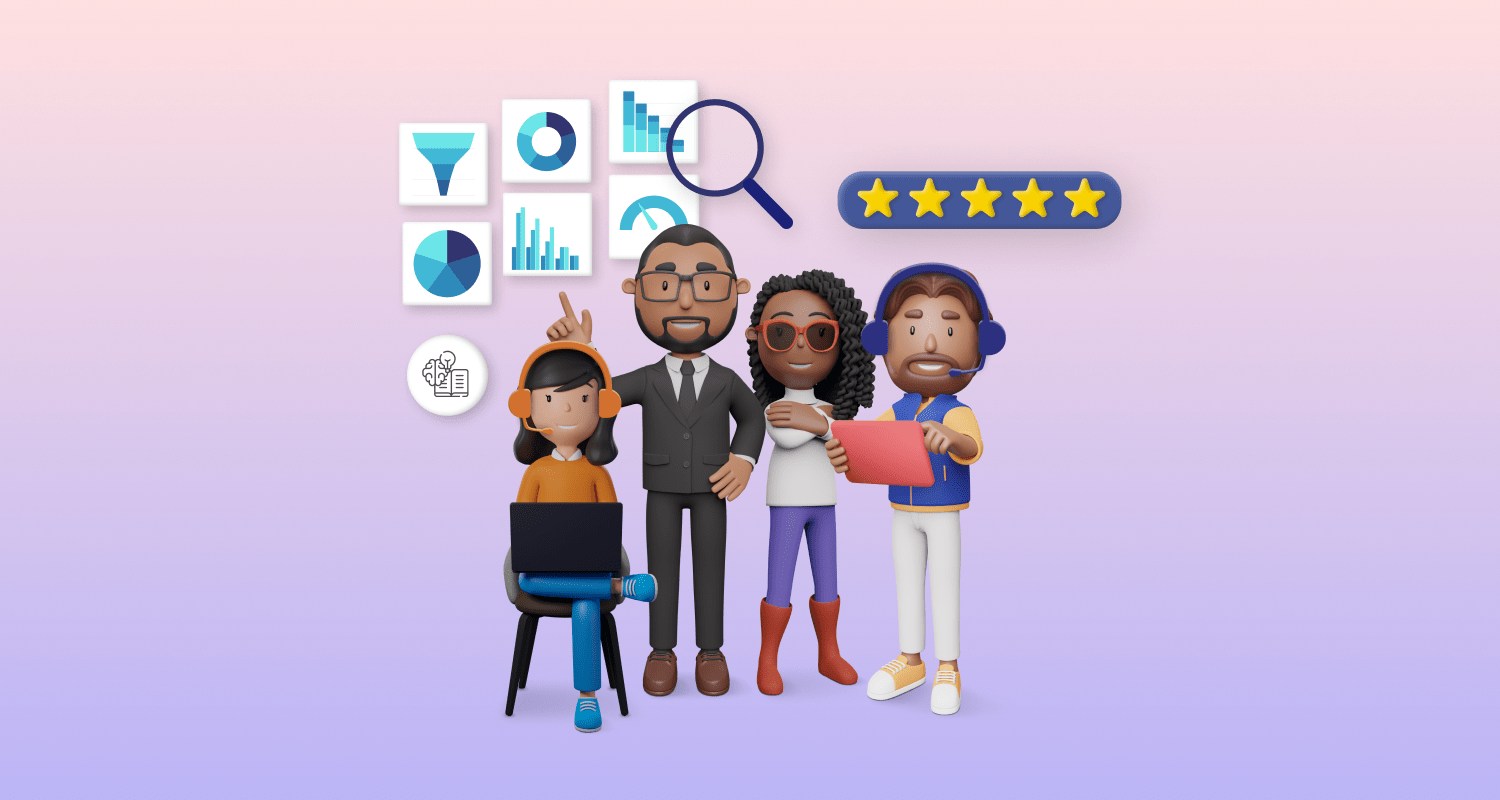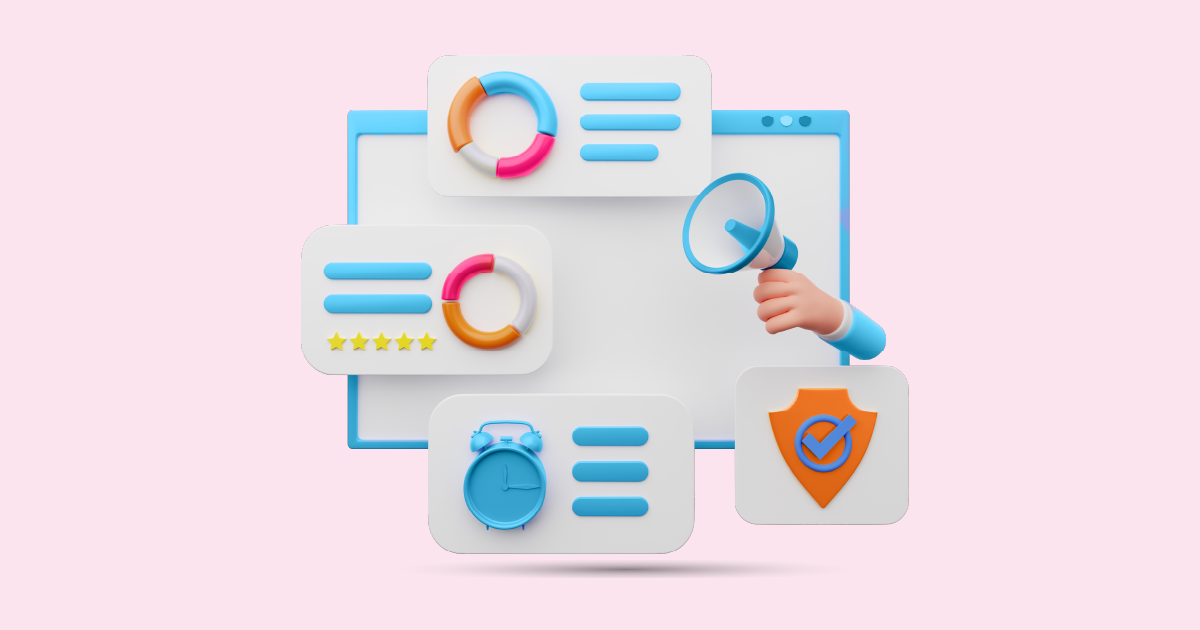In today’s fast-paced market, understanding what your customers want is the secret sauce to staying competitive. But how can businesses truly understand their customers beyond just the surface level? Enter Customer Intelligence (CI), a powerful tool for gathering and analyzing data about customer preferences, behaviors, and needs. By gaining deeper insights, companies can make informed decisions that drive growth and foster long-term customer loyalty.
The Role of Data in Customer Intelligence

Data serves as the foundation of customer intelligence. In fact, without data, understanding your customers would be like trying to solve a puzzle without any pieces. Businesses collect data from various sources, including online behavior, purchase history, and social media interactions. This wealth of information allows companies to dive deep into the “why” behind customer actions.
Types of Data Used for Customer Intelligence
To build a comprehensive customer profile, businesses rely on both structured and unstructured data. Structured data includes numerical information like transaction records, while unstructured data encompasses text from emails, social media posts, and customer reviews. Each type provides unique insights, helping businesses to understand their customers holistically.
Key Benefits
Customer intelligence offers a wealth of benefits that directly impact business performance and customer satisfaction.
1. Enhanced Customer Experience
When you understand your customers, you can tailor your offerings to better suit their needs, leading to a smoother, more enjoyable experience. This personalized touch can make a world of difference in customer loyalty and satisfaction.
2. Improved Marketing Strategies
With CX intelligence, businesses can identify key customer segments and craft targeted marketing strategies. By aligning marketing efforts with customer interests and behaviors, companies can achieve higher conversion rates and maximize ROI.
3. Boost in Customer Retention and Loyalty
Understanding customer preferences and pain points enables companies to build stronger relationships with their customers. Loyal customers are often the result of a brand that knows them well, meeting their expectations consistently.
4. Increased Sales and Revenue
CX intelligence isn’t just about understanding customers – it’s about driving growth. By identifying what customers are likely to buy and when, businesses can optimize sales strategies and increase overall revenue.
Components of a Customer Intelligence Strategy
A well-rounded CX intelligence strategy comprises several key elements that work together to create a 360-degree view of the customer.
1. Customer Segmentation
Breaking down your customer base into segments allows you to target specific groups more effectively. Segmentation can be based on demographics, purchasing behavior, and preferences, among other factors.
2. Customer Behavior Analysis
Understanding how customers interact with your brand, from website visits to purchase patterns, reveals essential insights. This analysis helps businesses improve touchpoints and align them with customer expectations.
3. Predictive Analytics
By leveraging historical data, predictive analytics can forecast future customer behaviors. This is especially useful for anticipating customer needs and preemptively addressing them.
4. Sentiment Analysis
Sentiment analysis evaluates how customers feel about your brand by analyzing comments, reviews, and social media posts. Understanding customer emotions can guide you in refining your products and services to better meet their needs.
Customer Intelligence Tools and Technologies
The right tools and technology can amplify the effectiveness of customer intelligence.
1. CRM Systems
Customer Relationship Management (CRM) systems store and manage customer information, making it accessible for analysis and decision-making. CRMs help businesses maintain a detailed understanding of their customers’ journeys.
2. Social Media Analytics
With social media analytics, businesses can track customer sentiment, identify trends, and engage with their audience in real-time.
3. Customer Feedback Tools
Survey platforms, feedback forms, and review aggregators provide direct insights from customers, enabling companies to pinpoint specific areas for improvement.
4. AI and Machine Learning in Customer Intelligence
AI and machine learning technologies enhance CX intelligence by identifying patterns in data that humans might miss. These technologies are particularly useful for analyzing large volumes of unstructured data.
Implementing a Customer Intelligence Strategy
Implementing a CX intelligence strategy requires careful planning and cross-departmental collaboration.
Steps to Develop a CX Intelligence Plan
- Define your objectives and what you hope to achieve.
- Gather data from various sources to build a comprehensive customer view.
- Use analytics to identify patterns and insights.
- Integrate these insights into decision-making processes across departments.
Gathering and Analyzing Customer Data
Collecting data is just the beginning. Analyzing it to uncover actionable insights is where the true value lies. Businesses should use data analytics tools to interpret data accurately and derive meaningful insights.
Integrating CX Intelligence Across Departments
To ensure a seamless customer experience, departments like marketing, sales, and customer service must all be aligned with customer intelligence insights. This integration leads to a cohesive approach to customer engagement.
Challenges
While CX intelligence offers numerous advantages, it also presents challenges.
1. Data Privacy Concerns
Collecting customer data raises privacy concerns, especially with increasing regulations. Companies need to handle data responsibly and ensure they comply with legal requirements.
2. Overcoming Data Silos
Data silos occur when data is isolated within specific departments, making it difficult to get a unified view of the customer. Breaking down these silos is essential for effective customer intelligence.
3. Ensuring Data Accuracy
Inaccurate data can lead to misguided strategies. Businesses must ensure the data they collect is accurate, consistent, and up-to-date.
Customer Intelligence and Personalization
Personalization is the ultimate goal of CX intelligence. By understanding individual preferences, businesses can tailor their offerings to each customer, creating a more personal connection.
Examples of Effective Personalization
Netflix’s recommendations or Amazon’s product suggestions are classic examples of personalization in action. These companies use CX intelligence to create tailored experiences that drive engagement and satisfaction.
Future Trends
As technology advances, so will the capabilities of CX intelligence.
1. Trends Shaping CX Intelligence
Emerging technologies like AI, machine learning, and the Internet of Things (IoT) will further enhance the depth and accuracy of CX intelligence.
2. The Impact of AI on CX Intelligence
AI is expected to play a transformative role, providing even deeper insights and automating parts of the CX intelligence process, which allows businesses to respond to customer needs with greater agility.
Conclusion
Customer intelligence is a game-changer for businesses looking to build lasting relationships with their customers. By understanding customer preferences and behaviors, companies can create personalized experiences that increase satisfaction and loyalty. As customer intelligence continues to evolve, companies that leverage these insights will stand out in today’s competitive market.
If you’re ready to take your customer intelligence strategy to the next level and gain a deeper understanding of your audience, consider requesting a demo from AIM Technologies to see how our innovative tools can empower your business.
FAQs
- What is customer intelligence?
- CX intelligence is the process of gathering and analyzing data about customers to understand their preferences, behaviors, and needs.
- How does cx intelligence improve customer experience?
- By providing insights into customer preferences, businesses can tailor their offerings to create a more enjoyable and personalized experience.
- What types of data are used in customer intelligence?
- Customer intelligence relies on both structured data (like purchase history) and unstructured data (like social media posts).
- How can businesses start using customer intelligence?
- Companies can start by collecting customer data, using analytics tools to interpret it, and integrating insights across departments.
- What role does AI play in customer intelligence?
- AI helps analyze large data sets, identify patterns, and provide real-time insights, making customer intelligence more accurate and actionable.




